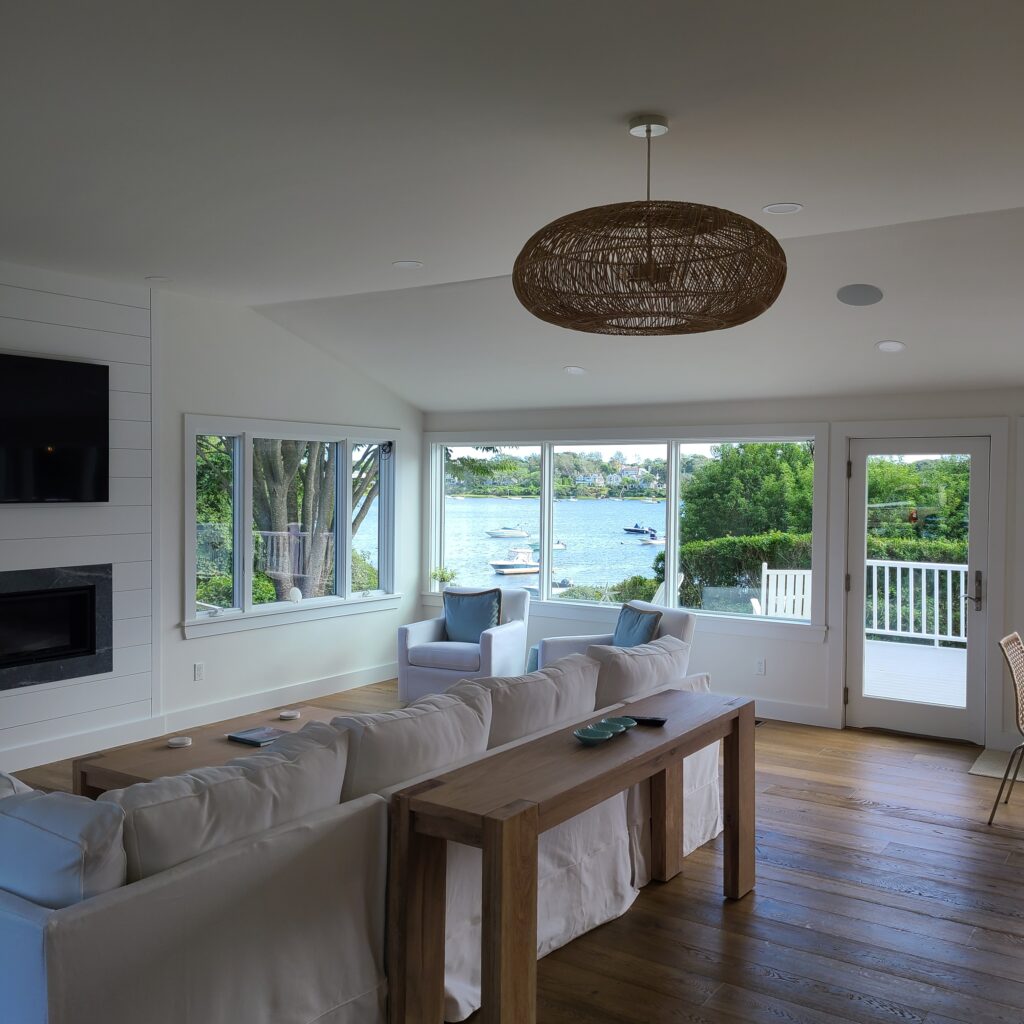An Accessory Dwelling Unit (ADU) is a self-contained residential living space that is located on the same lot as a primary home. It may be created in a variety of ways:
- Converting part of the existing home (for example a basement, attic, or garage)
- Adding on to the existing home (an attached unit)
- Building a separate “cottage” or detached structure in the backyard
An ADU typically contains its own entrance, kitchen, bathroom, and living space, making it fully independent while still being located on the same property. It can serve different purposes: providing housing for an aging parent or adult child, generating rental income, creating a turnkey guest suite, or adding flexible living space that increases property value.
When you’re planning an ADU, materials and building supplies matter—from insulation to windows, plumbing, heating/cooling systems, and finishes—so aligning with a trusted supplier of “ADU-ready” building supplies can help ensure durability, code compliance and efficiency. (For instance, some local suppliers and lumberyards in Massachusetts now publish guides for ADU projects and help homeowners with materials that meet the new state regulations.)
In short: an ADU gives homeowners more flexibility — more living options on their property — while making efficient use of land, utilities and infrastructure.



